Optimization Algorithms: SGD, Momentum, and Adam
Published: July 6, 2025

What You'll Learn
- How gradient descent optimizers work and differ from each other
- SGD, Momentum, and Adam algorithms with interactive visualizations
- Parameter tuning and convergence behavior
- Implementation details and practical usage
Optimization Algorithms
Optimizers determine how neural networks learn by updating parameters to minimize loss. The choice of optimizer significantly affects training speed and final performance.
Interactive Optimizer Comparison
Watch how different optimizers navigate toward the minimum of a simple quadratic function:
Controls
Visualization
Loss Over Time
Step 0 / 100 | SGD Loss: 9.0000 | Momentum Loss: 9.0000 | Adam Loss: 9.0000
Stochastic Gradient Descent (SGD)
The simplest optimizer. Updates parameters directly proportional to the gradient magnitude.
Key Formula:
θ = θ - α * ∇f(θ)
Where α is learning rate and ∇f(θ) is the gradient
class SGD:
def __init__(self, learning_rate=0.01):
self.lr = learning_rate
def update(self, params, gradients):
for i in range(len(params)):
params[i] -= self.lr * gradients[i]
return paramsCharacteristics:
- Pros: Simple, memory efficient, works well for convex problems
- Cons: Can oscillate in ravines, sensitive to learning rate
- Best for: Large datasets, when memory is limited
SGD with Momentum
Adds momentum to SGD by accumulating a weighted average of past gradients. This helps accelerate convergence and reduces oscillations.
Key Formulas:
v = β * v + ∇f(θ)
θ = θ - α * v
Where β is momentum coefficient (typically 0.9)
class SGDMomentum:
def __init__(self, learning_rate=0.01, momentum=0.9):
self.lr = learning_rate
self.momentum = momentum
self.velocity = None
def update(self, params, gradients):
if self.velocity is None:
self.velocity = [0] * len(params)
for i in range(len(params)):
self.velocity[i] = (self.momentum * self.velocity[i] +
gradients[i])
params[i] -= self.lr * self.velocity[i]
return paramsCharacteristics:
- Pros: Faster convergence, reduced oscillations, overcomes local minima better
- Cons: Extra hyperparameter, may overshoot minimum
- Best for: Non-convex optimization, when oscillations are problematic
Adam (Adaptive Moment Estimation)
Combines momentum with adaptive learning rates. Maintains separate learning rates for each parameter based on first and second moment estimates.
Key Formulas:
m = β₁ * m + (1-β₁) * ∇f(θ)
v = β₂ * v + (1-β₂) * ∇f(θ)²
m̂ = m / (1-β₁ᵗ), v̂ = v / (1-β₂ᵗ)
θ = θ - α * m̂ / (√v̂ + ε)
Default: β₁=0.9, β₂=0.999, ε=1e-8
class Adam:
def __init__(self, learning_rate=0.001, beta1=0.9, beta2=0.999):
self.lr = learning_rate
self.beta1 = beta1
self.beta2 = beta2
self.epsilon = 1e-8
self.m = None # First moment
self.v = None # Second moment
self.t = 0 # Time step
def update(self, params, gradients):
if self.m is None:
self.m = [0] * len(params)
self.v = [0] * len(params)
self.t += 1
for i in range(len(params)):
# Update moments
self.m[i] = self.beta1 * self.m[i] + (1 - self.beta1) * gradients[i]
self.v[i] = self.beta2 * self.v[i] + (1 - self.beta2) * gradients[i]**2
# Bias correction
m_hat = self.m[i] / (1 - self.beta1**self.t)
v_hat = self.v[i] / (1 - self.beta2**self.t)
# Update parameters
params[i] -= self.lr * m_hat / (math.sqrt(v_hat) + self.epsilon)
return paramsCharacteristics:
- Pros: Adaptive learning rates, robust to hyperparameters, works well out-of-the-box
- Cons: Higher memory usage, may not converge to optimal solution in some cases
- Best for: Deep learning, sparse gradients, most general-purpose optimization
Comparison Summary
| Optimizer | Memory | Convergence | Hyperparameters | Best Use Case |
|---|---|---|---|---|
| SGD | Minimal | Slow but stable | Learning rate only | Large datasets, limited memory |
| Momentum | Low | Faster than SGD | LR + momentum | Non-convex problems |
| Adam | Higher | Fast, adaptive | LR + 2 betas | Deep learning, general purpose |
Practical Guidelines
When to Use SGD
- Large datasets where memory is limited
- Fine-tuning pre-trained models
- When you need reproducible results
- Simple convex optimization problems
When to Use Adam
- Training deep neural networks from scratch
- Sparse gradients or sparse data
- When you want good default performance
- Rapid prototyping and experimentation
Learning Rate Guidelines:
- SGD: Start with 0.1, reduce if training is unstable
- SGD + Momentum: Start with 0.01-0.1, momentum 0.9
- Adam: Start with 0.001, usually works well without tuning
Implementation in Popular Frameworks
PyTorch
import torch.optim as optim
# SGD
optimizer = optim.SGD(model.parameters(), lr=0.01)
# SGD with momentum
optimizer = optim.SGD(model.parameters(), lr=0.01, momentum=0.9)
# Adam
optimizer = optim.Adam(model.parameters(), lr=0.001)TensorFlow/Keras
from tensorflow.keras.optimizers import SGD, Adam
# SGD
optimizer = SGD(learning_rate=0.01)
# SGD with momentum
optimizer = SGD(learning_rate=0.01, momentum=0.9)
# Adam
optimizer = Adam(learning_rate=0.001)Key Takeaways
- Start with Adam for most deep learning tasks - it's robust and requires minimal tuning
- Use SGD with momentum for fine-tuning or when you need the best possible final performance
- Learning rate scheduling can improve convergence for all optimizers
- The optimizer choice matters less than proper architecture and data quality
- Experiment with different optimizers if training is unstable or convergence is poor
Leave comment
Comments
There are no comments at the moment.
Check out other blog posts
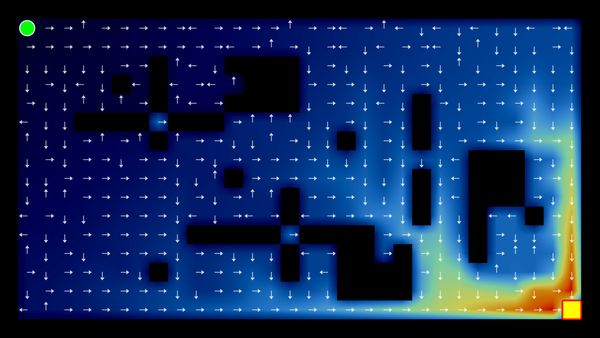
2025/07/07
Q-Learning: Interactive Reinforcement Learning Foundation

2025/07/05
Building a Japanese BPE Tokenizer: From Characters to Subwords

2024/06/19
Create A Simple and Dynamic Tooltip With Svelte and JavaScript

2024/06/17
Create an Interactive Map of Tokyo with JavaScript

2024/06/14
How to Easily Fix Japanese Character Issue in Matplotlib

2024/06/13
Book Review | Talking to Strangers: What We Should Know about the People We Don't Know by Malcolm Gladwell

2024/06/07
Most Commonly Used 3,000 Kanjis in Japanese

2024/06/07
Replace With Regex Using VSCode
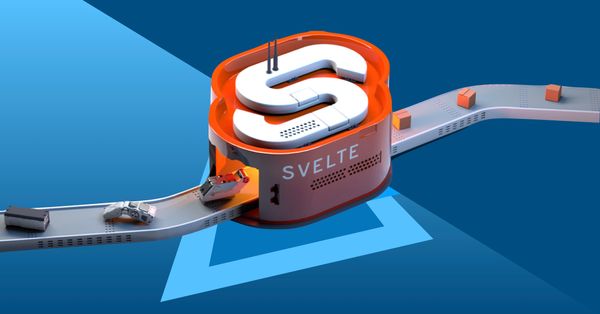
2024/06/06
Do Not Use Readable Store in Svelte
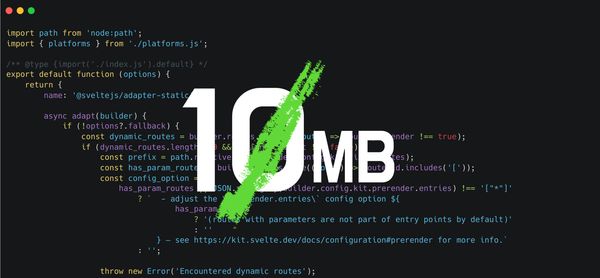
2024/06/05
Increase Website Load Speed by Compressing Data with Gzip and Pako

2024/05/31
Find the Word the Mouse is Pointing to on a Webpage with JavaScript

2024/05/29
Create an Interactive Map with Svelte using SVG

2024/05/28
Book Review | Originals: How Non-Conformists Move the World by Adam Grant & Sheryl Sandberg
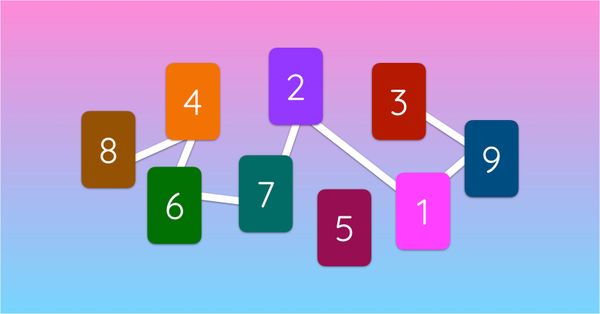
2024/05/27
How to Algorithmically Solve Sudoku Using Javascript

2024/05/26
How I Increased Traffic to my Website by 10x in a Month

2024/05/24
Life is Like Cycling
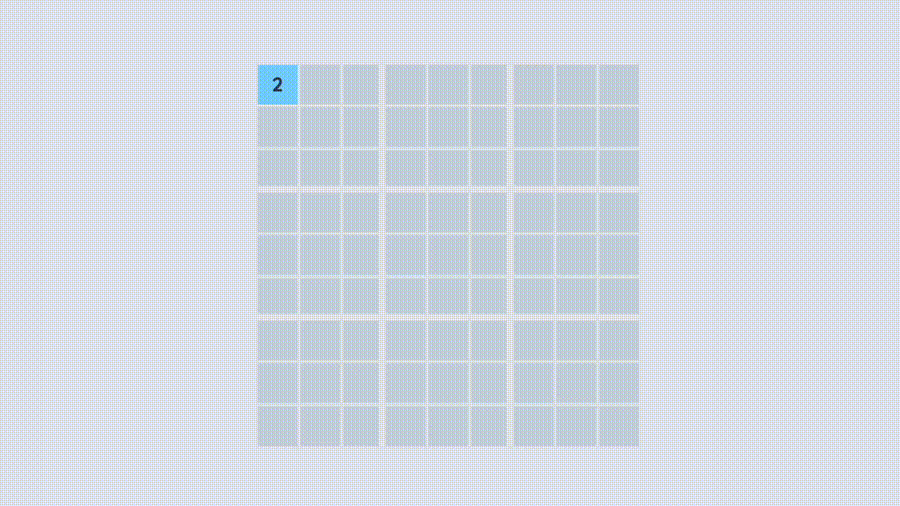
2024/05/19
Generate a Complete Sudoku Grid with Backtracking Algorithm in JavaScript

2024/05/16
Why Tailwind is Amazing and How It Makes Web Dev a Breeze

2024/05/15
Generate Sitemap Automatically with Git Hooks Using Python

2024/05/14
Book Review | Range: Why Generalists Triumph in a Specialized World by David Epstein
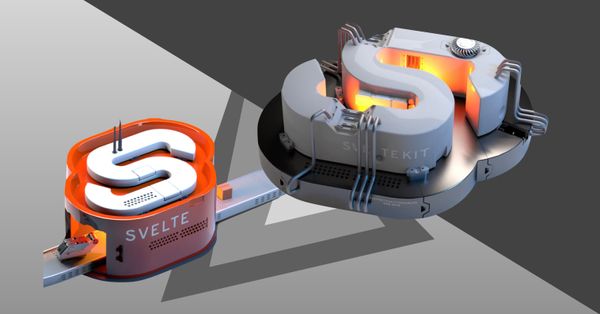
2024/05/13
What is Svelte and SvelteKit?

2024/05/12
Internationalization with SvelteKit (Multiple Language Support)

2024/05/11
Reduce Svelte Deploy Time With Caching

2024/05/10
Lazy Load Content With Svelte and Intersection Oberver

2024/05/10
Find the Optimal Stock Portfolio with a Genetic Algorithm
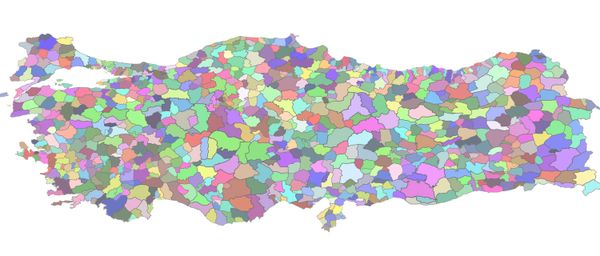
2024/05/09
Convert ShapeFile To SVG With Python
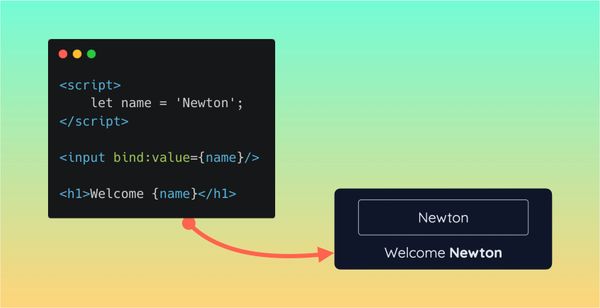
2024/05/08
Reactivity In Svelte: Variables, Binding, and Key Function
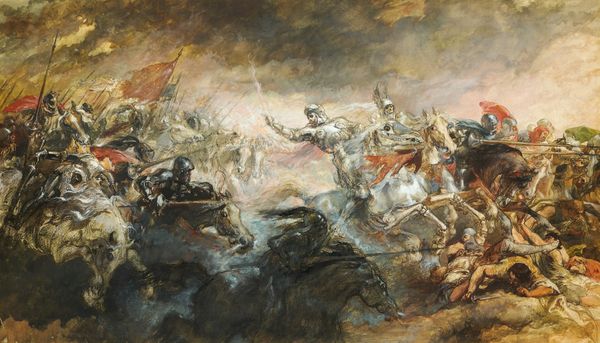
2024/05/07
Book Review | The Art Of War by Sun Tzu

2024/05/06
Specialists Are Dead. Long Live Generalists!

2024/05/03
Analyze Voter Behavior in Turkish Elections with Python
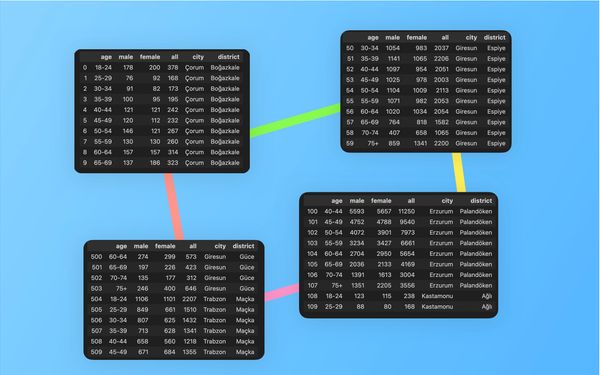
2024/05/01
Create Turkish Voter Profile Database With Web Scraping

2024/04/30
Make Infinite Scroll With Svelte and Tailwind

2024/04/29
How I Reached Japanese Proficiency In Under A Year

2024/04/25
Use-ready Website Template With Svelte and Tailwind

2024/01/29
Lazy Engineers Make Lousy Products

2024/01/28
On Greatness
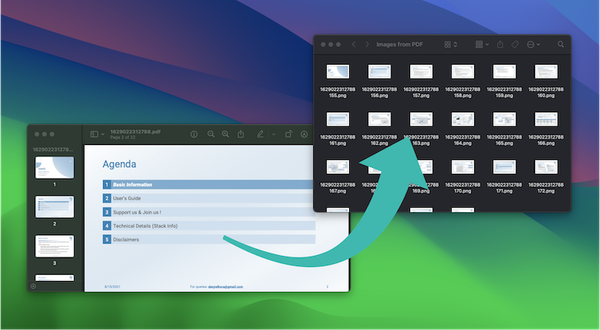
2024/01/28
Converting PDF to PNG on a MacBook

2023/12/31
Recapping 2023: Compilation of 24 books read

2023/12/30
Create a Photo Collage with Python PIL

2024/01/09
Detect Device & Browser of Visitors to Your Website
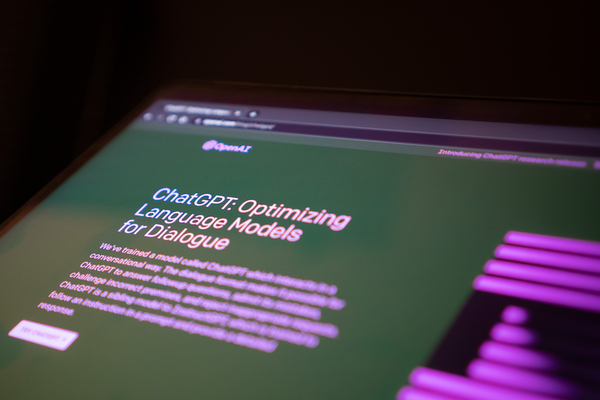
2024/01/19
Anatomy of a ChatGPT Response
